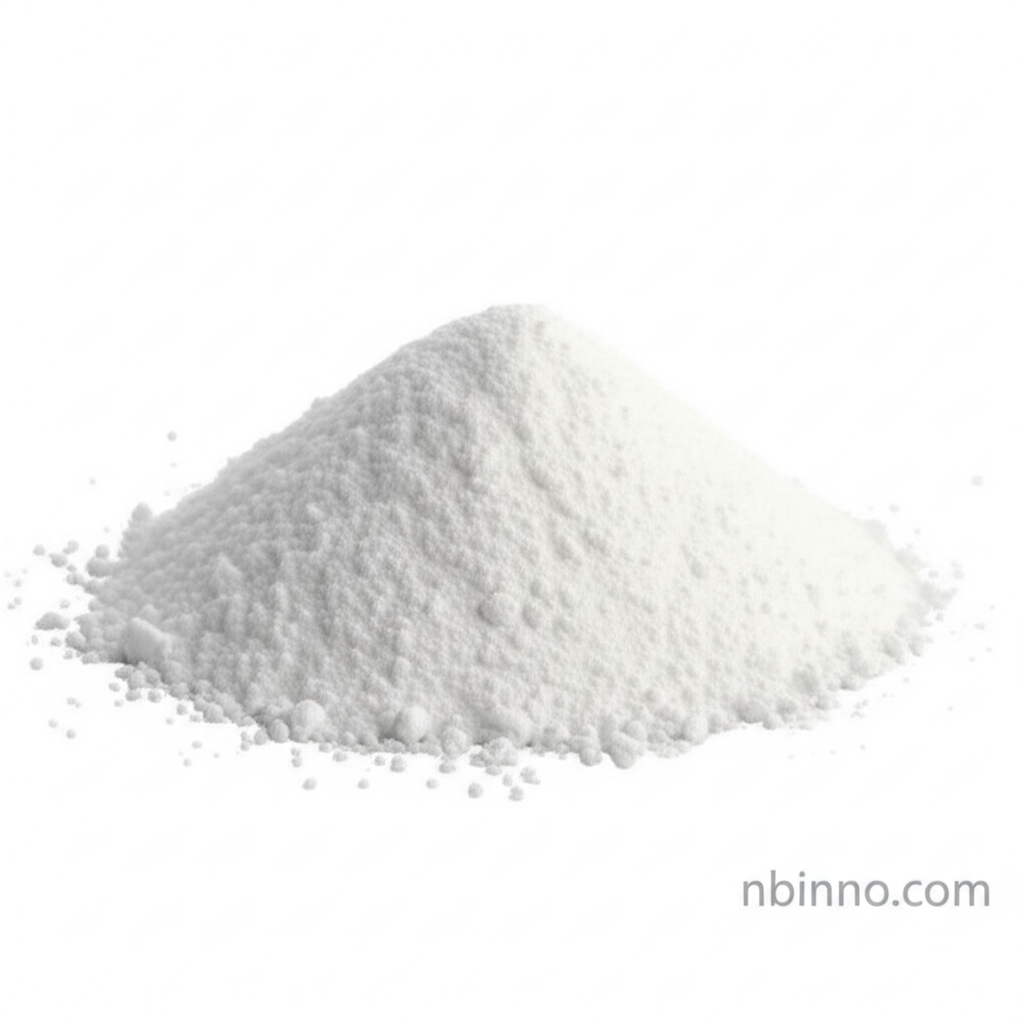High-Quality Anionic Polyacrylamide (APAM) for Superior Water Treatment
Enhance your industrial processes with our advanced anionic polyacrylamide for effective flocculation and purification.
Get a Quote & SampleProduct Core Value

Anionic Polyacrylamide
Anionic Polyacrylamide (APAM) is a high-performance, water-soluble polymer renowned for its exceptional flocculating capabilities. Its negatively charged nature and high molecular weight make it an indispensable tool for efficient solid-liquid separation across a myriad of industrial applications.
- Leverage the power of anionic polyacrylamide water treatment for crystal-clear results in your purification processes.
- Discover the versatility of APAM flocculant applications, from mining to wastewater management.
- Benefit from high molecular weight polyacrylamide uses, offering superior performance in demanding environments.
- Optimize your industrial wastewater treatment polymers to achieve environmental compliance and operational efficiency.
Key Advantages
Superior Flocculation
Experience enhanced particle aggregation and sedimentation with our anionic polyacrylamide, significantly improving clarification and filtration processes.
Versatile Application Range
From mining and mineral processing to papermaking and enhanced oil recovery, APAM offers robust solutions for diverse industrial needs.
Environmental Compliance
Utilize APAM as a sustainable solution for soil erosion control and various wastewater treatment scenarios, contributing to ecological protection.
Key Applications
Water Treatment
As a primary flocculant, APAM is crucial for clarifying drinking water, treating industrial wastewater, and managing municipal sewage, ensuring cleaner water discharge.
Mining & Mineral Processing
Facilitate efficient solid-liquid separation in mining operations, aiding in tailings dewatering and slurry management.
Papermaking Additive
Enhance retention and drainage in papermaking, leading to improved paper quality and reduced raw material loss.
Oil & Gas Industry
Boost oil recovery rates in tertiary oil production through viscosity modification in injected water.
